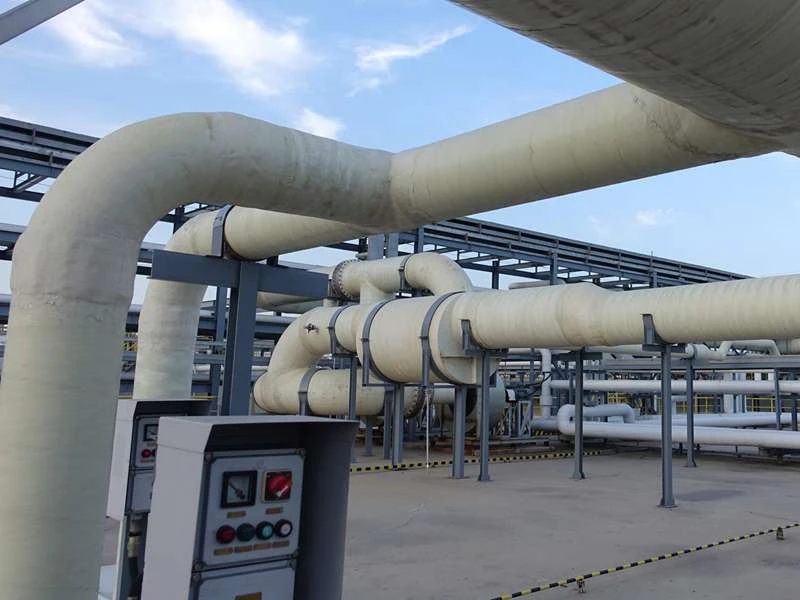
-
 Afrikaans
Afrikaans -
 Albanian
Albanian -
 Amharic
Amharic -
 Arabic
Arabic -
 Armenian
Armenian -
 Azerbaijani
Azerbaijani -
 Basque
Basque -
 Belarusian
Belarusian -
 Bengali
Bengali -
 Bosnian
Bosnian -
 Bulgarian
Bulgarian -
 Catalan
Catalan -
 Cebuano
Cebuano -
 China
China -
 China (Taiwan)
China (Taiwan) -
 Corsican
Corsican -
 Croatian
Croatian -
 Czech
Czech -
 Danish
Danish -
 Dutch
Dutch -
 English
English -
 Esperanto
Esperanto -
 Estonian
Estonian -
 Finnish
Finnish -
 French
French -
 Frisian
Frisian -
 Galician
Galician -
 Georgian
Georgian -
 German
German -
 Greek
Greek -
 Gujarati
Gujarati -
 Haitian Creole
Haitian Creole -
 hausa
hausa -
 hawaiian
hawaiian -
 Hebrew
Hebrew -
 Hindi
Hindi -
 Miao
Miao -
 Hungarian
Hungarian -
 Icelandic
Icelandic -
 igbo
igbo -
 Indonesian
Indonesian -
 irish
irish -
 Italian
Italian -
 Japanese
Japanese -
 Javanese
Javanese -
 Kannada
Kannada -
 kazakh
kazakh -
 Khmer
Khmer -
 Rwandese
Rwandese -
 Korean
Korean -
 Kurdish
Kurdish -
 Kyrgyz
Kyrgyz -
 Lao
Lao -
 Latin
Latin -
 Latvian
Latvian -
 Lithuanian
Lithuanian -
 Luxembourgish
Luxembourgish -
 Macedonian
Macedonian -
 Malgashi
Malgashi -
 Malay
Malay -
 Malayalam
Malayalam -
 Maltese
Maltese -
 Maori
Maori -
 Marathi
Marathi -
 Mongolian
Mongolian -
 Myanmar
Myanmar -
 Nepali
Nepali -
 Norwegian
Norwegian -
 Norwegian
Norwegian -
 Occitan
Occitan -
 Pashto
Pashto -
 Persian
Persian -
 Polish
Polish -
 Portuguese
Portuguese -
 Punjabi
Punjabi -
 Romanian
Romanian -
 Russian
Russian -
 Samoan
Samoan -
 Scottish Gaelic
Scottish Gaelic -
 Serbian
Serbian -
 Sesotho
Sesotho -
 Shona
Shona -
 Sindhi
Sindhi -
 Sinhala
Sinhala -
 Slovak
Slovak -
 Slovenian
Slovenian -
 Somali
Somali -
 Spanish
Spanish -
 Sundanese
Sundanese -
 Swahili
Swahili -
 Swedish
Swedish -
 Tagalog
Tagalog -
 Tajik
Tajik -
 Tamil
Tamil -
 Tatar
Tatar -
 Telugu
Telugu -
 Thai
Thai -
 Turkish
Turkish -
 Turkmen
Turkmen -
 Ukrainian
Ukrainian -
 Urdu
Urdu -
 Uighur
Uighur -
 Uzbek
Uzbek -
 Vietnamese
Vietnamese -
 Welsh
Welsh -
 Bantu
Bantu -
 Yiddish
Yiddish -
 Yoruba
Yoruba -
 Zulu
Zulu
Rectangular Tank GRP Calculation Guide
Calculating the Volume of a Rectangular Tank for GRP Installations
When it comes to calculating the volume of a rectangular tank for Glass Reinforced Plastic (GRP) installations, understanding the dimensions and their implications is crucial for both design and functionality. GRP tanks are widely used in industries such as water treatment, chemical storage, and agricultural applications due to their strength, durability, and resistance to corrosion.
The first step in calculating the volume of a rectangular tank is to gather its dimensions length (L), width (W), and height (H). The formula for calculating the volume (V) of a rectangular tank is straightforward
\[ V = L \times W \times H \]
For instance, consider a tank with dimensions of 4 meters in length, 3 meters in width, and 2 meters in height. By applying the formula, the volume calculates as follows
rectangular tank with dimensions for grp calculation.

\[ V = 4 \, m \times 3 \, m \times 2 \, m = 24 \, m^3 \]
This means the tank can hold 24 cubic meters of liquid, which is essential information for planning the storage of liquids, whether they are potable water, chemicals, or wastewater.
It’s also important to consider the implications of these dimensions on factors such as the weight of the tank structure, the weight of the contained liquids, and the tank's stability when full. GRP tanks are designed to be lightweight yet strong, but ensuring that the tank is adequately supported and securely installed is vital for safety and performance.
The thickness of the GRP materials also plays a role in the overall strength of the tank. When calculating the requirements for GRP installation, engineers must consider factors such as stress, strain, and the environmental conditions the tank will face. Additionally, the surface area of the tank may need to be calculated for coating or insulation purposes.
In summary, accurately calculating the volume of a rectangular GRP tank involves straightforward dimensional analysis but requires careful consideration of structural integrity and material properties. By understanding these factors, engineers and designers can ensure that their GRP installations meet the required standards for durability and functionality, making them effective solutions for various industrial applications. Proper planning and precise calculations are key to successful GRP tank utilization, ensuring reliability and safety in liquid storage applications.
Latest news
-
Exploring the Benefits of Top Hammer Drifter Rods for Enhanced Drilling PerformanceNewsJun.10,2025
-
High-Precision Fiberglass Winding Machine for GRP/FRP Pipe Production – Reliable & Efficient SolutionsNewsJun.10,2025
-
FRP Pipes & Fittings for Shipbuilding - Corrosion-Resistant & LightweightNewsJun.09,2025
-
Premium FRP Flooring Solutions Durable & Slip-ResistantNewsJun.09,2025
-
Premium Fiberglass Rectangular Tanks Durable & Lightweight SolutionNewsJun.09,2025
-
Tapered Drill String Design Guide Durable Performance & UsesNewsJun.09,2025









